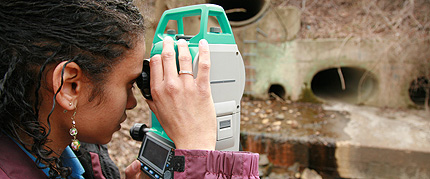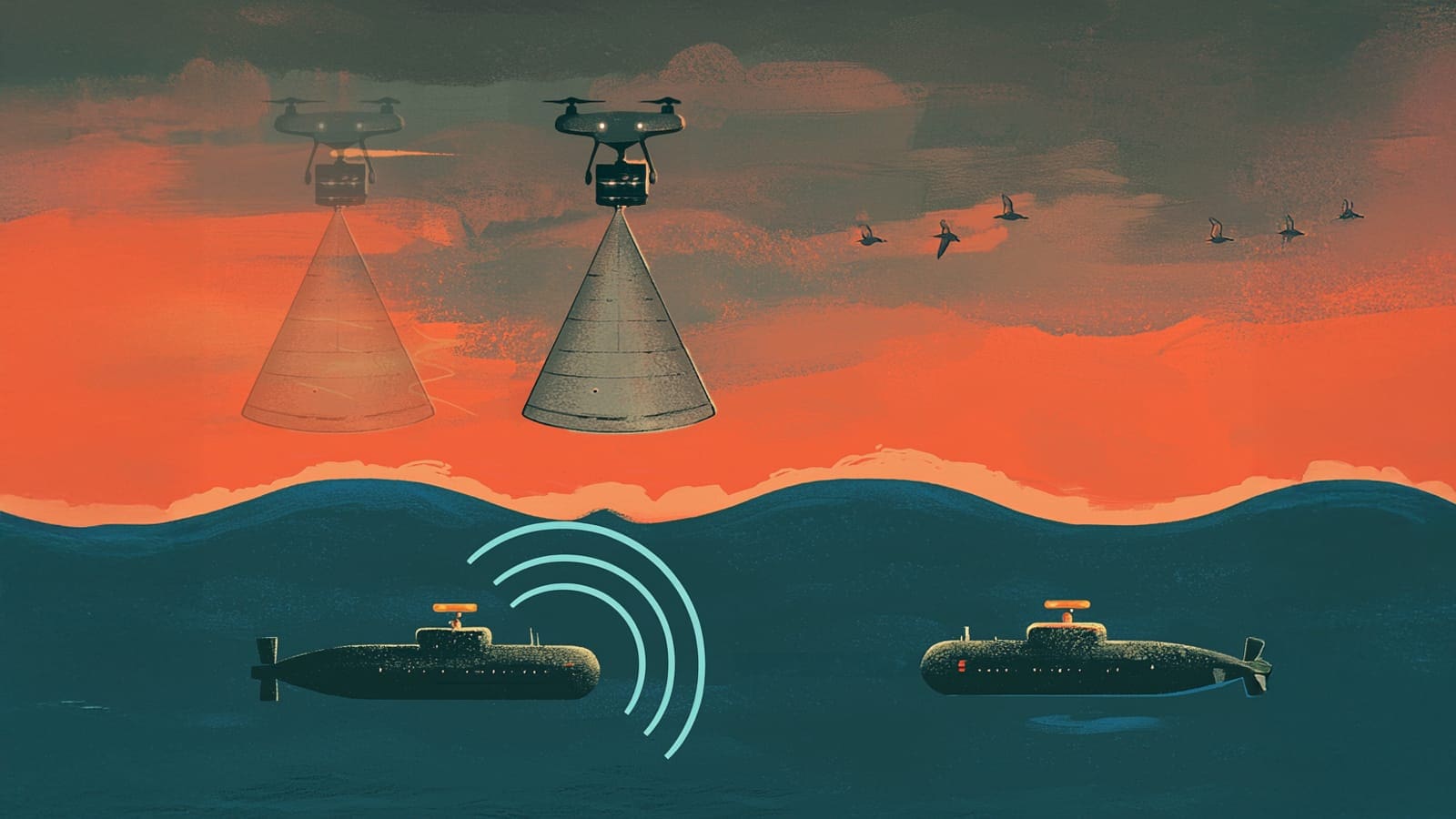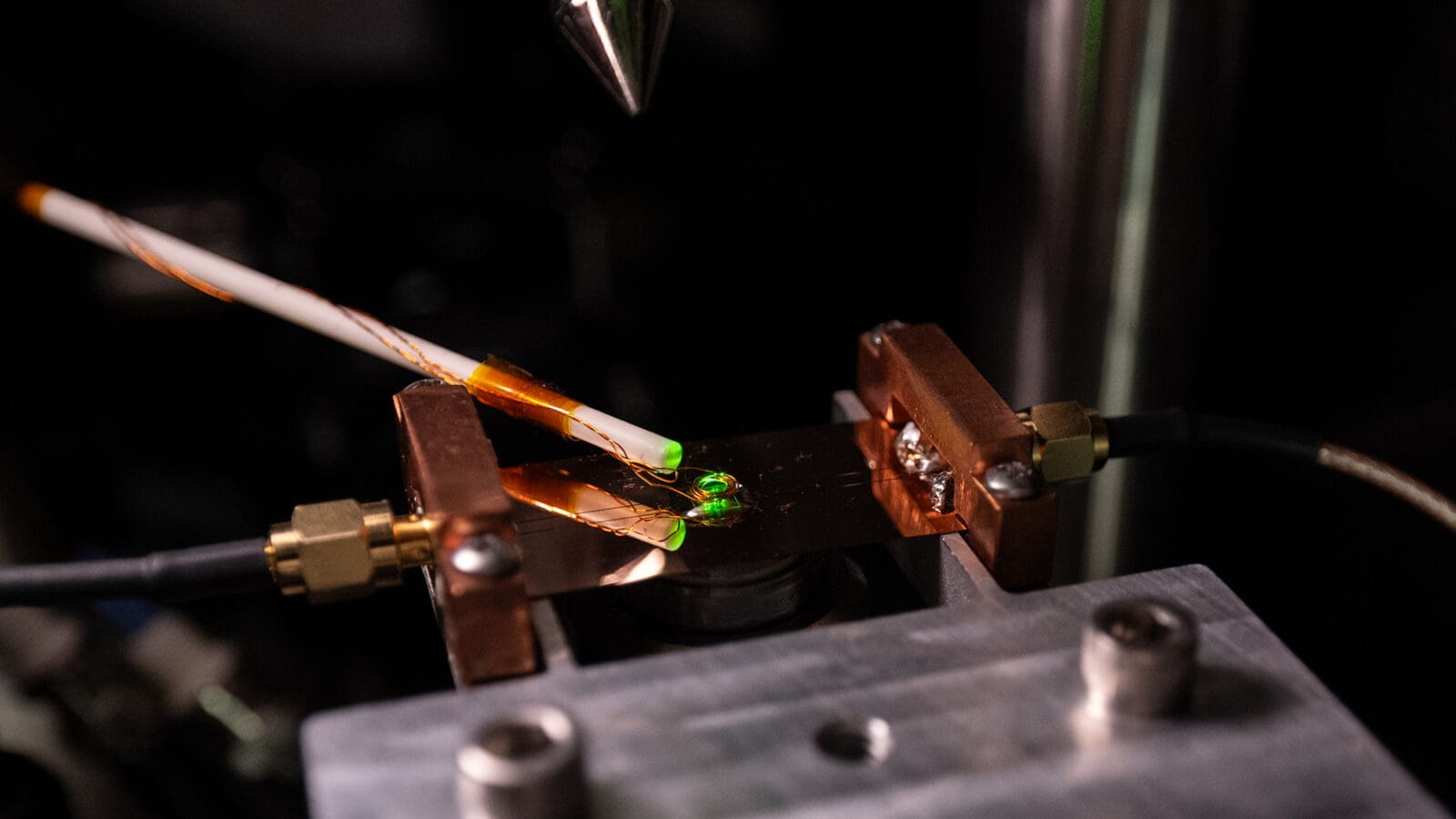New look at old construction technique could yield cleaner water
By
on

Just a few years ago, Bernice Rosenzweig wasn’t quite sure what engineers did and never encountered them. Now a second year Ph.D. candidate in the Department of Civil and Environmental Engineering, Rosenzweig is seeking to engineer a new approach to improving water quality.
Her work focuses on man-made detention ponds, which are regularly included in new construction projects. Designed to retain excess stormwater resulting from the increase in impervious surface with development, the ponds release runoff slowly to prevent flooding and excessive erosion of stream channels. They also reduce the amount of sediment entering waterways.
In her research, Rosenzweig is looking for ways in which the ponds might be used to solve another environmental problem: high levels of dissolved nitrogen compounds, which often come from heavy use of fertilizers. Her goal is to design ponds that capture nitrogen contaminants and alleviate problems such as eutrophication, which occurs when excess nitrogen spurs too much algal growth, depleting oxygen and choking the ecosystem.
She decided to pursue graduate studies in environmental engineering after completing her undergraduate degree in Environmental Geology at Douglass College of Rutgers University. “I wanted to use my basic environmental science and geology background and apply it toward real-world problems,” Rosenzweig said.
Her advisor at Princeton, Peter Jaffe, a professor of civil and environmental engineering, said that Rosenzweig looks at detention ponds in a new light by viewing them as “mini, created wetlands.” Her work addresses the lab’s overarching question of how biogeochemical cycles function in created environments, and how contaminants can be immobilized.
“She’s a very enthusiastic person,” Jaffe said. “She’s very strong in combining experimentation and numerical modeling.”
For the past year, Rosenzweig has been collecting stream water samples from Harry’s Brook – a watershed encompassing parts of Princeton Borough and Township. The watershed is an ideal lab for her research given its varied development history. The area developed earliest, along Nassau Street, was urbanized and developed without detention ponds. The Terhune Road area, developed later, contains multiple types of detention ponds with different management practices, and Herrontown Woods serves as the forested control.
This spring, she will collect soil samples from the detention basins throughout the watershed and analyze them for the presence and concentration of a variety of nitrogen species. While she expects that some ponds will retain nitrogen effectively, she anticipates that some may actually be a source of nitrate – a contaminant of serious concern to water quality – because of chemical changes that could occur if the ponds dry up and refill.
Rosenzweig is ready for the new challenges her research may bring, but is also keeping an eye on the broader issue of how her field can attract young women like herself who might not appreciate the opportunities to make a positive difference through engineering. Through her involvement with Graduate Women in Science and Engineering (GWISE), she is helping to coordinate an engineering career fair that will bring engineering students and professors to high schools in New York City to teach female students about engineering and its varied career options.
In a display of nearly endless energy, she also finds time to precept two classes – CEE 306 Hydrology and CEE 308 Environmental Engineering Laboratory. With all this on her plate, she still manages to practice three times a week with the Princeton capoeira student group. Capoeira, which began with African slaves in Brazil, is a dance-tinged martial art form set to music.
Just as she likes to combine physical fieldwork with complex mental analysis in her academic life, she enjoys the body and mind experience of capoeira. “It’s just the perfect activity,” she said. “A combination of athletics and movement with a lot of strategy involved. It’s both a mental and a physical experience.”







